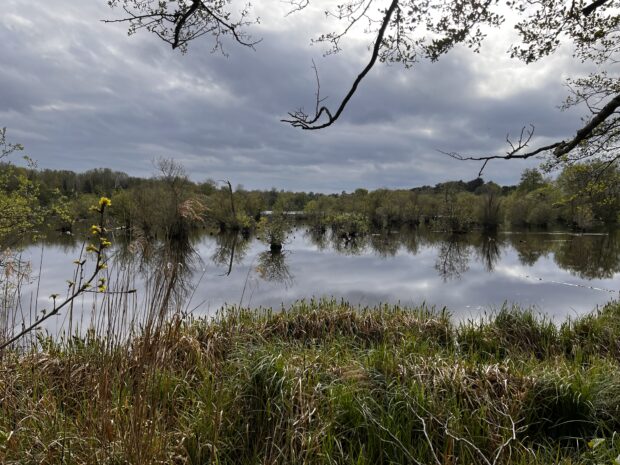SME housebuilders developing sites of less than ten homes are finding biodiversity net gain rules so complicated and costly they are leaving the industry.
The rubric for improving or creating new habitats went live on the 2nd of April for small sites under the Environment Act, 2021.
National Federation of Builders, NFB, policy and market insight head Rico Wojtulewicz said: “It’s just not delivering. There’s not enough off-site credits available and price gouging is going on.”
For example, if a developer cuts down trees on site, they must make up for this as well as delivering a ten per cent biodiversity gain. They must do a habitat survey and use a Natural England biodiversity metric to explore options. If they cannot make up for the loss of the trees nor achieve a ten per cent biodiversity lift, then they must buy off-site credits.
Often builders discover their estimated profits are eaten away by the time they buy their off-site credits. For example, if there is a pond on site that has to be removed the Department for Environment, Food and Rural affairs charges £125,000 for an off-site credit.
There is also the challenge that if a developer secures an off-site credit at a particular price, but it takes two years to get planning approval then the cost of purchasing the credit will have risen.
Affordable housing contributions set to dwindle
This entails developers renegotiating their Section 106 contribution to affordable housing with the local council and spending more on legal fees. Most smaller developers typically make profits of eight to 12 per cent, however, extra biodiversity net gain requirements are eating into returns.
“This means the number of affordable homes they are required to build by the local authority might drop to just a few homes. Many housing associations won’t take on managing just two homes,” said Mr Wojtulewicz.
Brokers Hank Zarihs Associates said this was just the type of financial uncertainty that would make it difficult for SMEs to survive and for development finance lenders to gauge borrowing levels.
Non-residential sites are classified as small if the floor space is less than 1,000 sq metres or where the site area is less than one hectare.
According to the State of Nature Report published in 2023, there has been a sharp decline in biodiversity in the UK. Since 1970 species have declined on average by 19 per cent with nearly one in six species facing imminent extinction.

